I’ve been thinking about kale. I like kale, a lot. I like its ultra green flavour and fibrous texture. I think it’s delicious steamed with a squeeze of lemon juice, or with barley, thrown into a quiche, or whizzed into a smoothie (I don’t even mind the ensuing kale lumps amid the frosty smoothie goodness). It’s delicious, but not overpowering and, as we’re all aware, it’s really good for you.
I feel though that kale is getting a bit of a bad rap lately. It’s one of those foods that have been around forever, silently improving our health with humbleness and dignity. Suddenly it shot into the A-list of foods becoming the “it” veg of the moment and glittering brightest of all of super food stars. Seated at the cool-kid table between acai berries and chia seeds, it stood out even among its trendy compatriots as the fashion world began splashing its name across tee-shirts and active wear.
But as with many who rise so quickly to super-stardom, quiet rumblings have begun in the world healthfulness, rumblings that are slowly beginning to erode kale’s faultless reputation. Articles are surfacing touting other veggies with more vitamins, more antioxidants, that are just more angelic, more worthy of the ultima-super-food crown. Poor kale’s gilt is beginning to tarnish just a little, and through no fault of its own.
Kale has been cultivated for over 2000 years, that we know of and up until the middle ages it was the veggie that was the most widely consumed in Europe. According to the Scottish Government, Shetland Kale is believed to be the oldest Scottish local vegetable variety and has been grown here since at least the 17th century. It has been of vital importance to Shetlanders through the ages both as their main vegetable food source along with potatoes, and as an invaluable source of food for livestock. It is packed with iron, contains more calcium per calorie than dairy milk, is high in vitamin C, vitamin A and folate, and is absolutely loaded with fiber.
It seems to me that kale is a seriously valuable food regardless of its trendiness or whether other foods more nutritious. I think that “super-foods” have their title for a reason, because they are really good for us. But I also think that most plant based foods are really good for us. Kale has become so cool that it’s now becoming uncool. But regardless of our elevating and degrading its super-food status and hip-factor, it’s just been carrying on humbly being kale.
What can I say, I may not have it emblazoned across my yoga gear, but I like it and, as an homage to this mighty and ancient vegetable, I’ve blitzed it into one of my favourite things, pesto!
I came across this excellent bit of an old Shetland poem and think it’s quite fitting:
‘Auld Maunsie biggit him a Cro
Ta grow him kale fir mutton bro
Fir Maunsie never tocht him hale,
Withoot sheeps shanks an kogs o’kale’
“Auld Maunsie’s Cro” by Basil R. Anderson
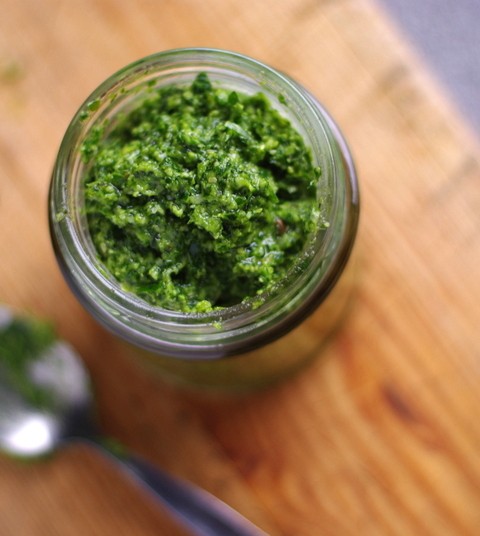

- 50g kale, tough stems removed
- 30g fresh basil
- 50g veg. Parmesan style cheese
- 25g pine nuts
- 1 clove of garlic, peeled and crushed with a pinch of salt
- 3 Tbsp oil
- In a dry frying pan over medium heat toast the pine nuts, swirling them around fairly frequently, until golden and aromatic. Set aside to cool.
- Add the kale, basil,cheese, toasted pine nuts garlic and 1 Tbsp of the oil to a food processor or blender.
- Blitz until your pesto reaches the consistency that you like adding more of the oil if necessary.
- Store in an airtight jar in the fridge.
- I tend to add the whole basil, stalks and all, as I think they add more flavour, but you can remove them if you prefer.

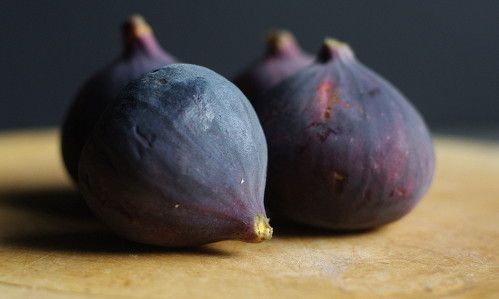
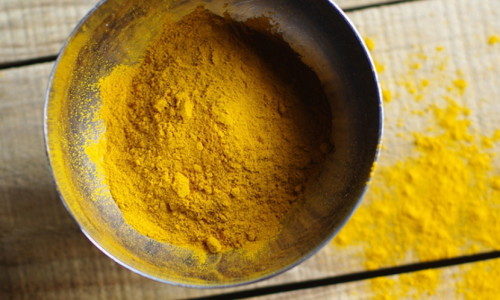
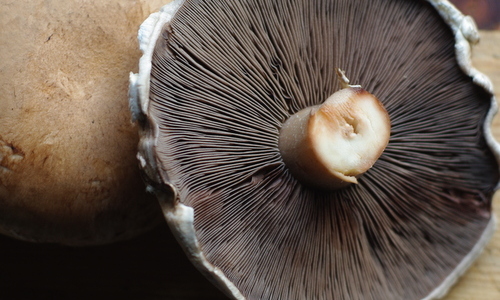
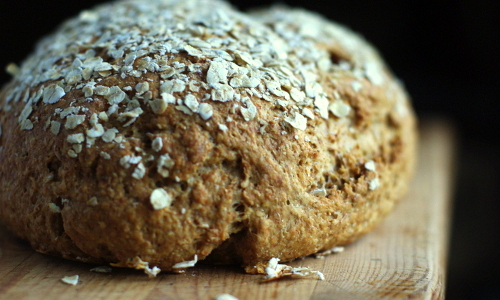

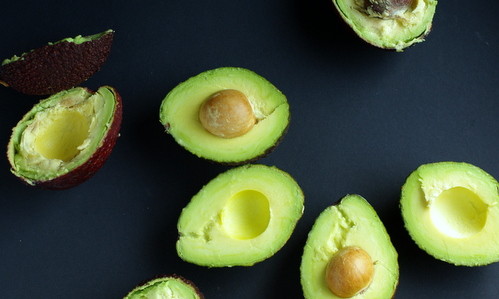
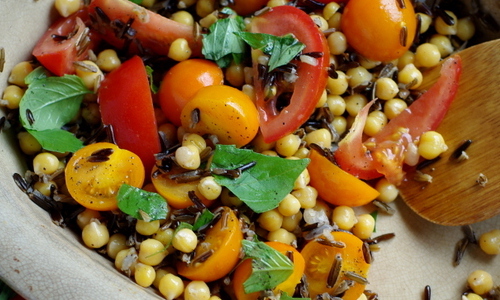
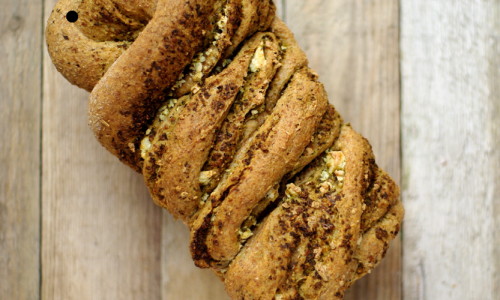
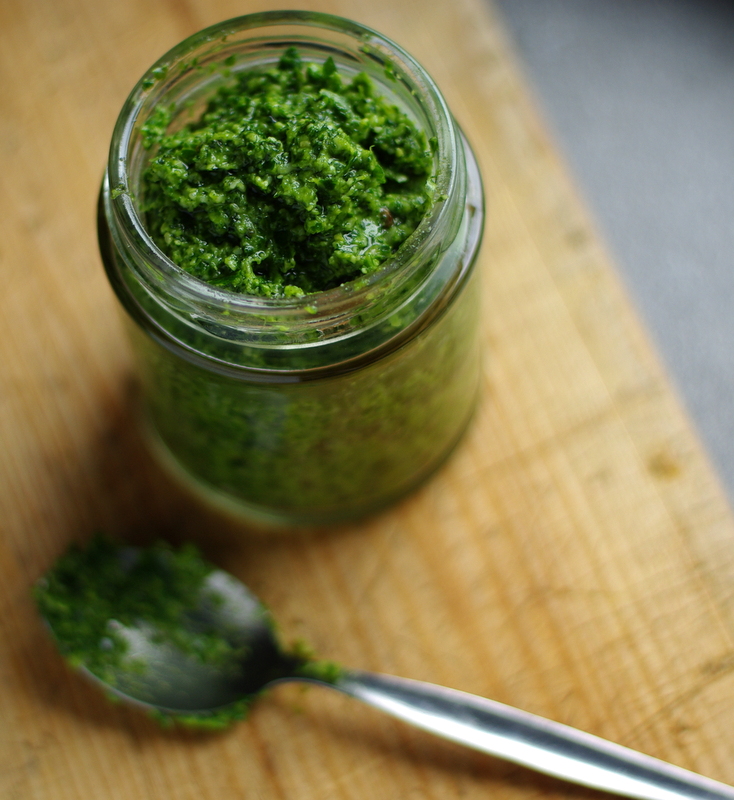
That sounds wonderful cannot wait to try it. Rearly enjoying your lovely blog. Annette x
Thanks Annette!! I just had a look at your website. Gorgeous!! Your art is beautiful! I hope you like the pesto! 🙂 Nicki x
what a cool idea! any way to make kale delicious is amazing lol :p
😀 It almost enticed a certain 3 year old to eat something green….almost… 😉